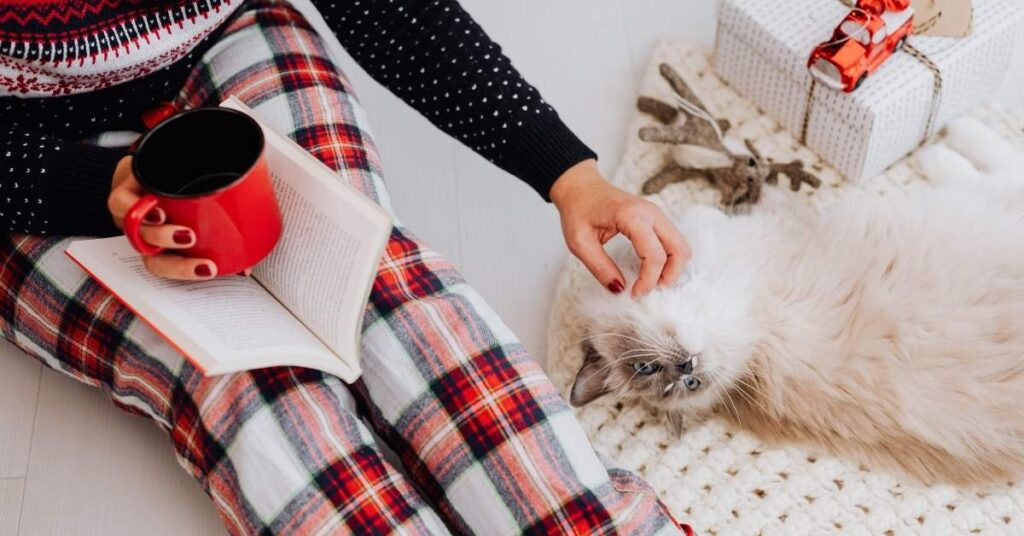Now Reading: Lop Eared Bunny 101: What to Know Before You Adopt
- 01
Lop Eared Bunny 101: What to Know Before You Adopt
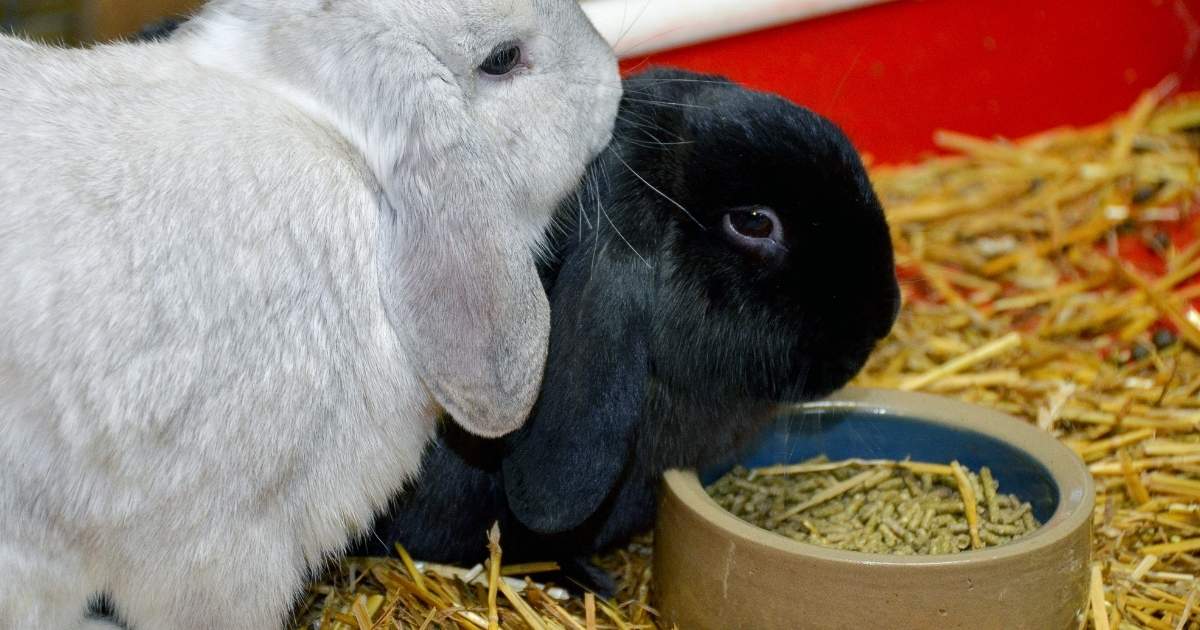
Lop Eared Bunny 101: What to Know Before You Adopt
You’re scrolling through Instagram and suddenly—bam!—you see it. That tiny fluffball with long, droopy ears, twitchy nose, and those big eyes looking straight into your soul. Yep, you’ve just met a lop eared bunny.
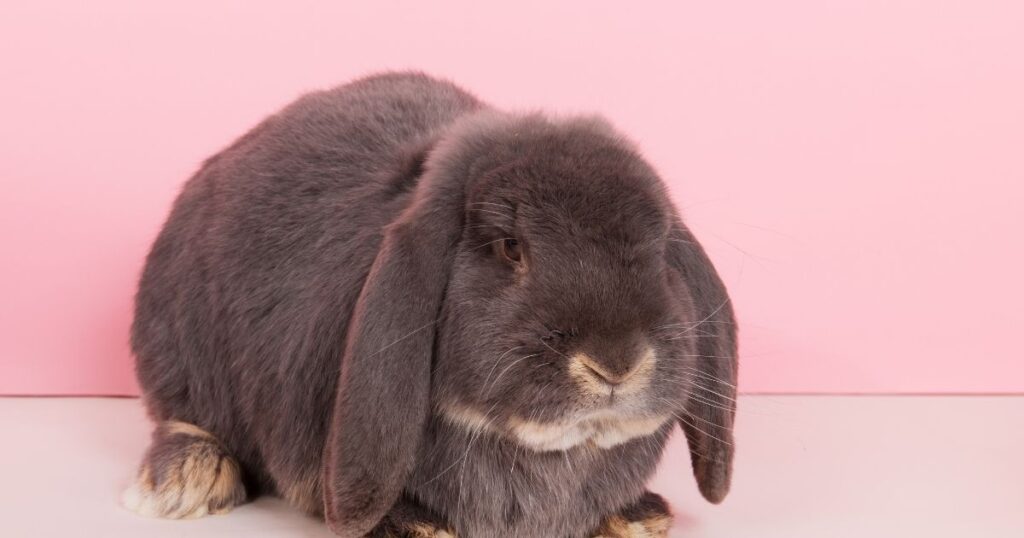
Now you’re thinking… “Should I get one?”
Let’s slow down the scroll and have a real heart-to-heart about these adorable, floppy-eared companions. Because trust me, owning a lop eared bunny isn’t just about cuddles and cuteness—it’s about commitment.
Let’s dive in, friend. Bunny talk starts now.
What is a Lop Eared Bunny?
A lop eared bunny is a breed of domestic rabbit known for its long, floppy ears that hang down instead of standing up straight. These bunnies didn’t just wake up this way—selective breeding gave them their signature charm.
But those soft ears? They’re not just for show. They also come with some extra care needs we’ll get into shortly.
Meet the Most Popular Lop Eared Rabbit Breeds
There’s more than one kind of floppy eared bunny out there! Here are some of the most common and beloved:
1. Holland Lop Bunnies
Tiny but mighty, Holland lop bunnies are one of the smallest lop breeds. Friendly, playful, and ridiculously photogenic.
2. French Lop
Bigger in size (and appetite), the French lop is calm, gentle, and loves a good floor nap.
3. Mini Lop
Not quite mini, but not massive either. Mini lops are full of personality and energy.
4. English Lop
The OG of all lop eared rabbit breeds, English lops have impressively long ears—sometimes longer than their bodies!
Each of these bunny lop breeds has its own vibe, so choosing one really depends on your lifestyle and how much space you have.
A Treat For You: Bunny Cleaning Ears 101: Safe, Simple Steps Every Bunny Parent Must Know
The Pros of Owning a Lop Eared Bunny
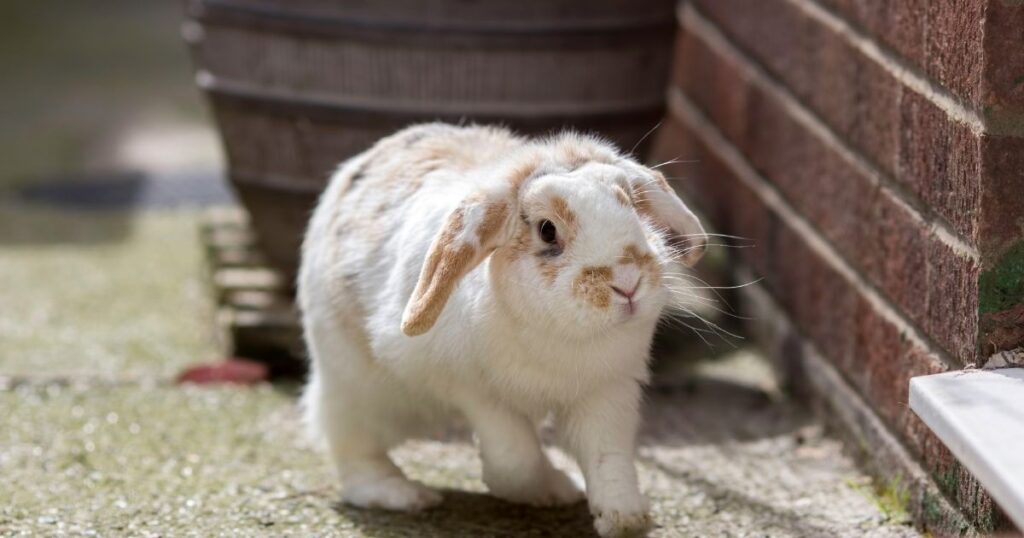
Alright, let’s talk perks. Why are people obsessed with these floppy-eared floofs?
- Insanely Cute: Like, unfairly cute.
- Gentle Temperament: Most lop bunnies are friendly and sweet-natured.
- Bondable: They can become super attached to their humans.
- Quiet Companions: No barking, no meowing—just peaceful snuggles.
- Trainable: Yes, you can litter train a bunny. Even this one.
If you’re looking for a pet that’s mellow, adorable, and won’t wreck your sleep schedule, a lop eared bunny might be your match.
But Wait—There’s Work Involved
It’s not all floppy ears and chill vibes. Owning a lop rabbit takes real effort. Here’s what you need to be prepared for:
Ear Care is Crucial
Because of those downward-hanging ears, lop eared bunnies are prone to ear infections. Regular cleaning and checking for wax buildup or irritation is a must.
Grooming & Shedding
Short-haired or long-haired, they shed. Brush regularly to avoid matting and keep their coats silky smooth.
Space Matters
Despite their size, they need room to roam. Bunnies are active and need exercise every day—no exceptions.
Diet Isn’t Optional
Hay should make up 80% of their diet. Add in fresh greens, pellets, and limited treats for balance.
Must Read:Boy or Girl? Cute Bunny Names That’ll Work!
How to Set Up a Bunny-Safe Home
Bringing home a lop eared bunny means making your house bunny-friendly. Here’s your basic setup checklist:
- A large indoor cage or playpen
- Soft bedding and a litter box
- Chew toys (or your furniture will suffer)
- Hay feeder and water bottle/bowl
- Quiet space for rest and hiding
Think of it as bunny-proofing—like baby-proofing, but with more hops.
Do They Get Along with Other Pets?
Good news! Many lop eared rabbits can coexist peacefully with cats and even some dogs—if introduced slowly. Always supervise initial meetings and never force interactions.
Also, some bunnies do well with a bonded bunny partner. Double the ears, double the love.
Health Watch: What to Monitor
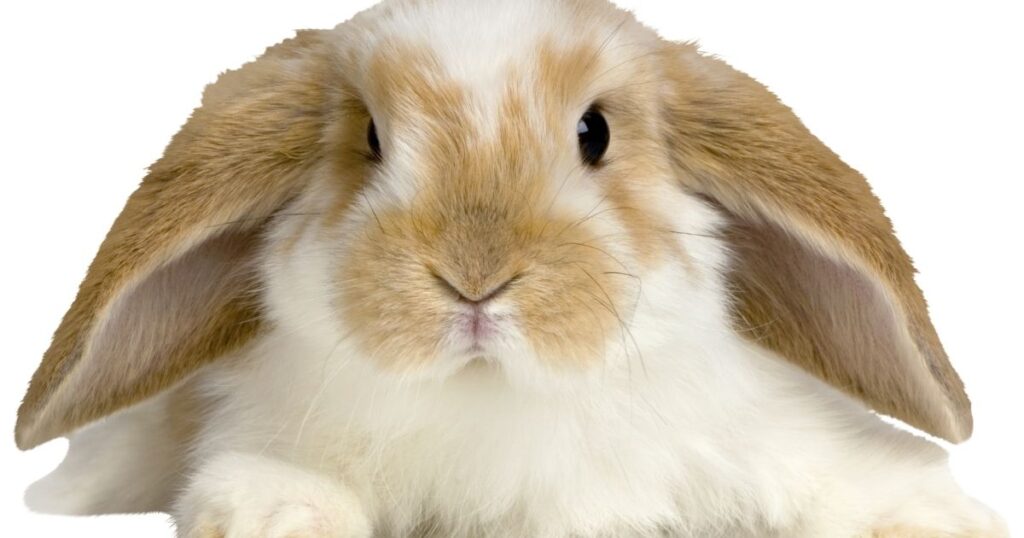
Even the healthiest lop rabbit can run into issues if you’re not careful. Keep an eye out for:
- Head tilting or balance issues
- Discharge from ears or eyes
- Loss of appetite or poop changes
- Lethargy or hiding behavior
If anything feels “off,” call your exotic vet. And yes—you do need a rabbit-savvy vet. Not all vets specialize in small mammals.
Where to Adopt Your Lop Bunny
Whether you’re looking for Holland lop bunnies or another breed, always consider adopting first. Rescue groups and shelters often have lop breeds waiting for loving homes.
Avoid backyard breeders or pet stores where rabbits are poorly bred or handled. Your best bet? A reputable rabbit rescue or ARBA-registered breeder.
Final Thoughts: Should You Get a Lop Eared Bunny?
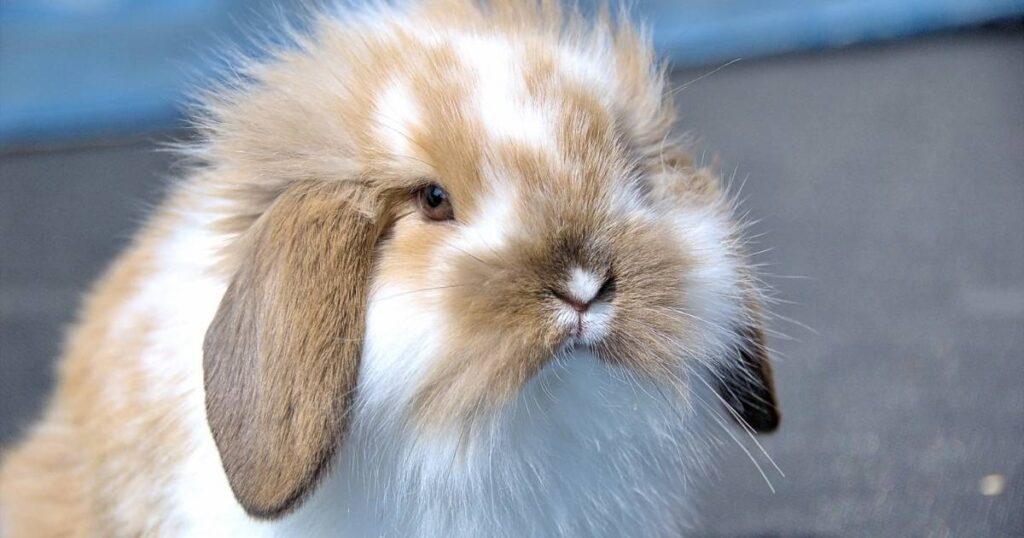
Here’s the deal: if you’re ready to commit to daily care, proper diet, gentle handling, and lots of bunny-proofing, a lop eared bunny can be one of the most rewarding pets you’ll ever have.
They’re sweet, silly, and full of personality. But they’re also sensitive little creatures that need your time, attention, and love.
So if you’re nodding along thinking “Yep, I can do that,”—go for it. Your perfect floppy-eared friend might be just a hop away.
FAQs
The term refers to their floppy ears that hang down instead of standing upright.
Yes, if supervised. They’re gentle but delicate—young kids should be taught how to handle them properly.
Generally, yes. All need regular ear checks due to their closed-ear design, which can trap moisture and bacteria.
Indoor living is safer. Outdoor environments increase risk of predators, heat stroke, and parasites.
With proper care, most live between 7–10 years, sometimes longer!

